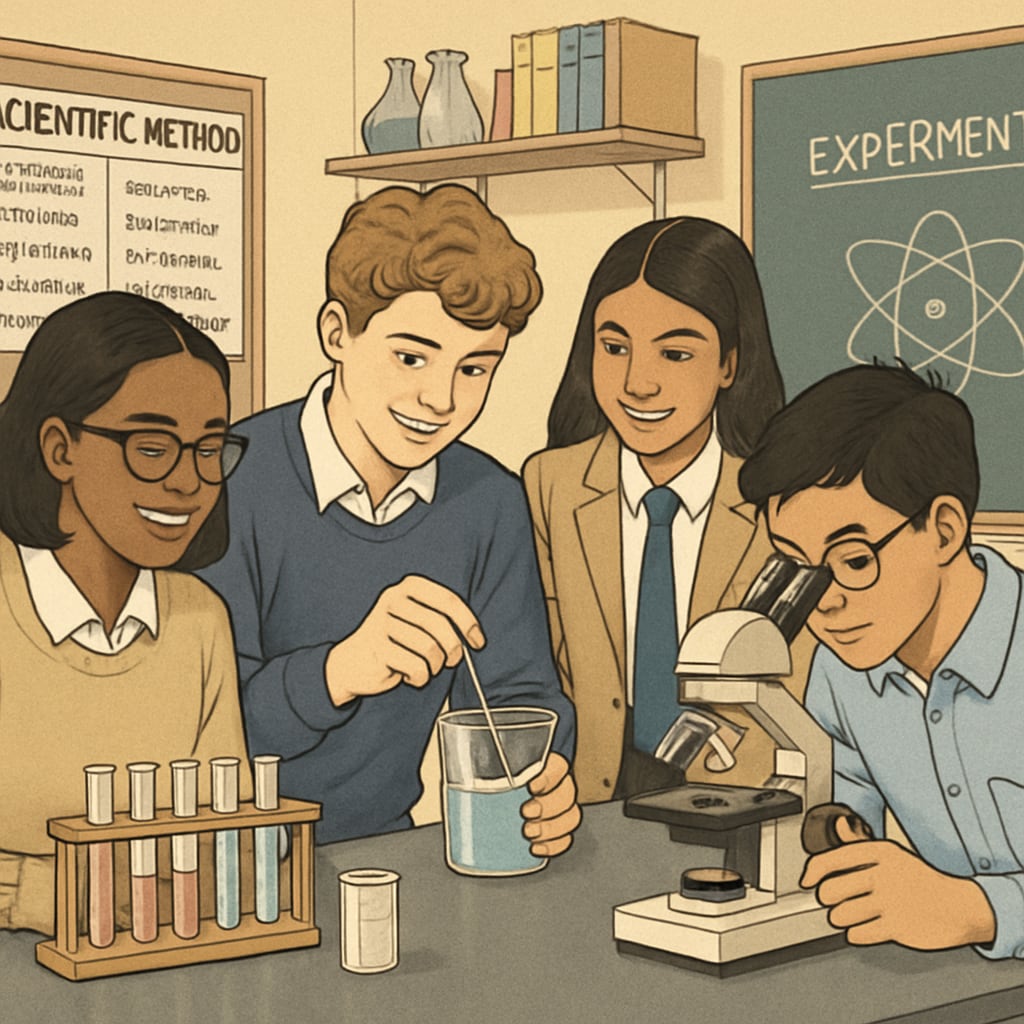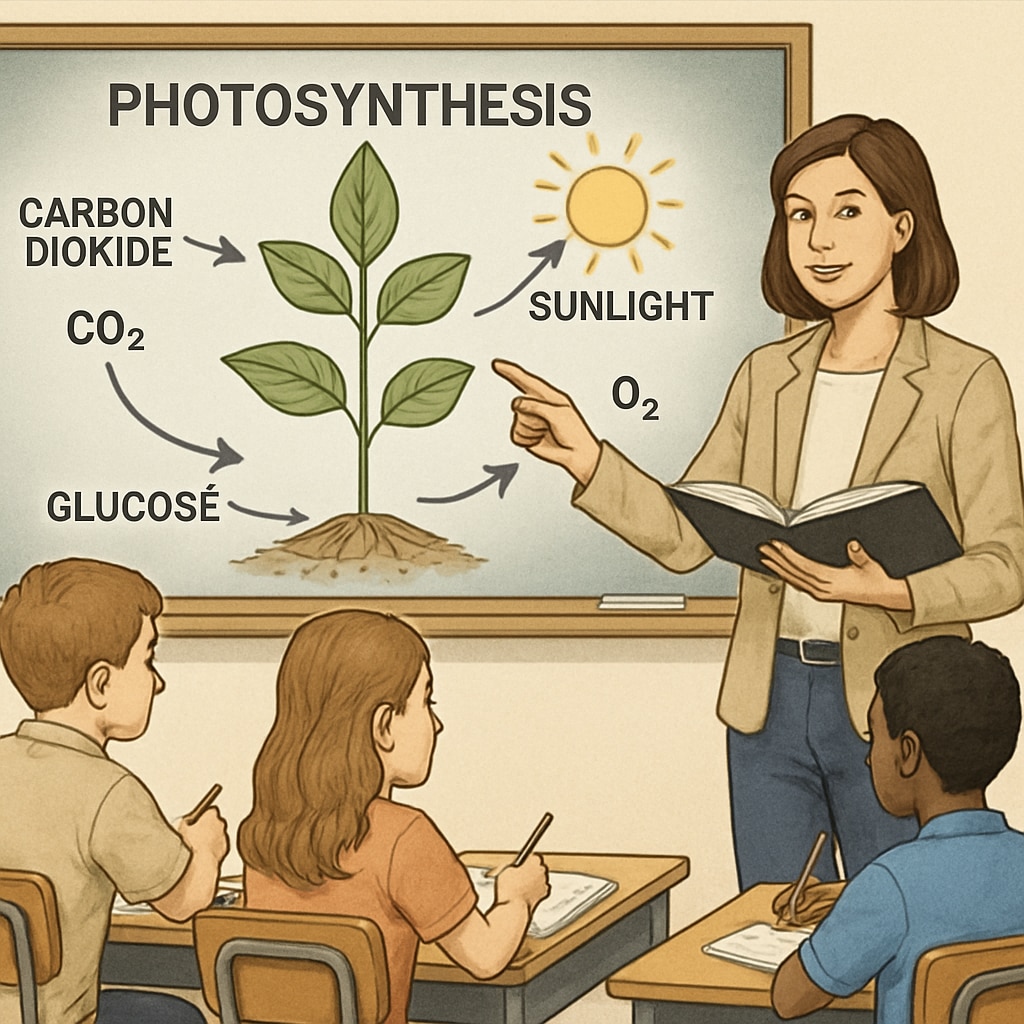Teaching high school science to English language learners (ELL) can be a challenging yet rewarding experience. By employing effective strategies such as differentiated instruction, language support, and collaborative learning, educators can create a classroom environment that nurtures both scientific understanding and language skills. This article provides practical approaches to overcome the language barrier and ensure all students thrive in inclusive science classrooms.
Understanding the Challenges Faced by ELL Students
English language learners often face unique challenges in high school science classrooms. These include difficulties understanding technical vocabulary, complex sentence structures, and abstract concepts. Additionally, they may lack the confidence to participate in class discussions or group activities, further limiting their learning opportunities. Recognizing these barriers is the first step to creating effective teaching strategies.

Strategies to Support Language Development in Science Instruction
Language development is critical for ELL students, especially in subjects like science that rely heavily on specific terminology. Here are some strategies to integrate language support into science teaching:
- Pre-teach Vocabulary: Introduce key scientific terms before each lesson. Use visual aids, such as diagrams or flashcards, to reinforce understanding.
- Use Multimodal Instruction: Combine spoken, written, and visual content to cater to different learning styles. Videos, infographics, and hands-on experiments can make lessons more accessible.
- Provide Sentence Frames: Offer sentence starters to help students articulate their ideas during discussions and written assignments.
By embedding these supports, teachers can help ELL students build the language skills they need to succeed in science and beyond.
Implementing Differentiated Instruction for Diverse Learners
Differentiated instruction is a teaching approach that tailors learning experiences to meet the diverse needs of students. In science classrooms with a high proportion of ELL students, differentiation can take many forms:
- Tiered Assignments: Design tasks with varying levels of complexity to match students’ language proficiency and prior knowledge.
- Flexible Grouping: Organize students into groups based on their strengths and needs. Pairing ELL students with peers who are more fluent in English can foster peer learning.
- Scaffolded Support: Break down complex tasks into smaller, manageable steps. Provide additional guidance or resources as needed.
Differentiated instruction ensures that all students, regardless of their language abilities, can engage with and master scientific concepts.

Encouraging Collaboration Through Group Activities
Collaborative learning is an effective way to engage ELL students in the science classroom. Group activities provide opportunities for students to practice their language skills in a supportive environment while learning from their peers. Consider the following approaches:
- Structured Group Roles: Assign specific roles within groups, such as note-taker, presenter, or experiment leader, to ensure equal participation.
- Project-Based Learning: Encourage students to work together on long-term projects that combine research, experimentation, and presentation skills.
- Think-Pair-Share: Use this simple strategy to promote discussion and idea sharing among students before moving to whole-class discussions.
Collaboration not only helps ELL students improve their communication skills but also fosters a sense of belonging and teamwork in the classroom.
Evaluating and Reflecting on Teaching Practices
Finally, it’s important for teachers to regularly evaluate and reflect on their instructional methods. Collect feedback from students through surveys or informal discussions to understand what works and what doesn’t. Additionally, consider professional development opportunities focused on ELL strategies or inclusive teaching practices.
By staying adaptable and committed to improvement, educators can continuously refine their approaches to better serve their diverse classrooms.
Creating an inclusive high school science classroom that supports English language learners requires intentionality and creativity. By combining language support, differentiated instruction, and collaborative learning, teachers can help ELL students overcome barriers and achieve success in both science and language development.


